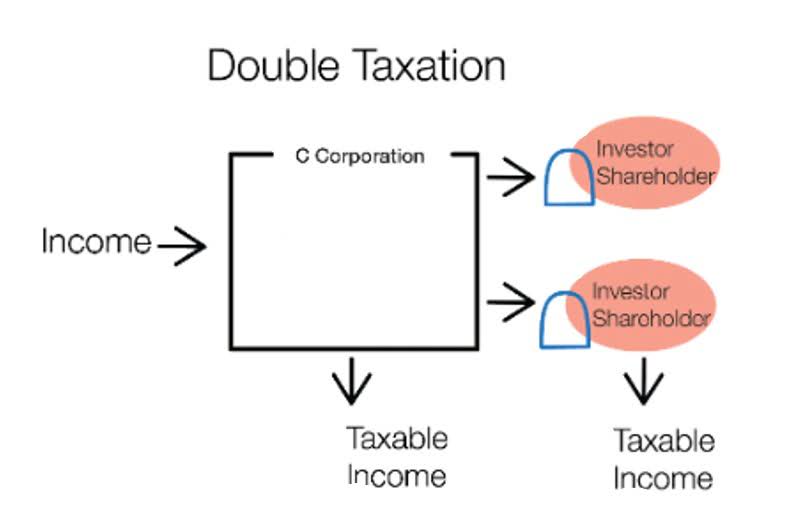
These limitations and criticisms have led some to question whether the cost principle is the most effective way to value assets. In this section, we will explore some of the limitations and criticisms of the cost principle. The cost principle is an essential accounting principle that helps businesses maintain accurate financial records and provides investors with reliable financial information. While the cost principle has some limitations, it remains a widely accepted accounting convention and is critical for the financial reporting of businesses worldwide.
It does not accurately reflect an asset’s current value.
The historical cost principle does not adjust asset values based on currency fluctuations, so the property would still be reported as the original purchase price. If a company purchases land for $100,000, the cost principle requires recording the land at its historical cost of $100,000 on the balance sheet. In 2024, the fair market value of that equipment has increased to $130,000, due to higher prices for goods that the manufacturer is making and supply chain issues in getting that particular piece of equipment. Under the cost principle, the asset remains on the company’s books with a value of $85,000 ($100,000 minus $15,000 in depreciation) and is not adjusted to reflect the current market conditions. The cost principle is the idea that companies should value large fixed assets, like real estate and machinery, based on what the company paid for them at the time of acquisition, rather than at their current fair market value.

Examples of Cost Principle in Accounting
- When using the principle cost method, good accounting software is key.
- The historical cost principle states that a company or business must account for and record all assets at the original cost or purchase price on their balance sheet.
- This verifiability enhances the reliability of financial statements, giving stakeholders confidence in the reported figures.
- – Jeff’s Construction, LLC bought a piece of equipment in 2001 for $10,000.
- For example, in industries where there is rapid technological change, the Cost Principle may not accurately reflect a company’s true value.
- Critics argue that the cost principle fails to account for changes in the value of assets over time, and that it can lead to misleading financial statements.
This principle is deeply embedded in accounting standards, providing a structured approach to valuing assets based on their original acquisition cost. The essence of the Cost Principle lies in its emphasis on the historical, verifiable cost of assets at the time of acquisition, contributing to the reliability and consistency of financial reporting. By valuing assets at the price paid when they were acquired, businesses are able to track how the cost to acquire those assets is changing over time. Businesses can also make budgeting decisions based on historical purchases and long-term trends in price. This helps them make decisions about whether to buy equipment new or secondhand based on how the value of that equipment is likely to change in the future. By doing so, they can ensure that their financial statements accurately reflect their true financial position and help them make informed business decisions.
- The estimated service life of a tangible capital asset (or group of assets) is a current forecast of its service life and is the period over which depreciation cost is to be assigned.
- Spread-gain actuarial cost method means any of the several projected benefit actuarial cost methods under which actuarial gains and losses are included as part of the current and future normal costs of the pension plan.
- This is due to a handful of significant disadvantages that come with the cost principle.
- For instance, a piece of machinery purchased a decade ago may no longer hold the same value today, either due to depreciation or advancements in technology that render it obsolete.
- Some of the most valuable assets to a growing business are intangible.
- The IRS outlines depreciation schedules for taxpayer use, and a trained accountant can also implement them.
205-30 Patent costs.
The advantage of the historical cost principle is that the users of financial statements could know exactly the original value of Assets or Liabilities in the financial statements as it requires no adjustments. Recognizing some items of assets or liabilities is required to record at the historical cost and the subsequent measure at the fair value. This subpart provides the principles for determining the cost of research and development, training, and other work performed by educational institutions under contracts with the Government. A participant whose employment status with the employer has not been terminated is an active participant of the employer’s pension plan. Intangible capital asset means an asset that has no physical substance, has more than minimal value, and is expected to be held by an enterprise for continued use or possession beyond the current accounting period for the benefits it yields. Defined-contribution pension plan means a pension plan in which the contributions to be made are established in advance and the benefits are determined thereby.
Intrinsic Value vs. Current Market Value: What’s the Difference?
However, using specific accounting techniques listed below, they can be taken into account. These processes are required to account for any changes that occur. Since fair market values and replacement costs are left up to estimates and opinions, the FASB has decided to stick with the historical cost principle because it is reliable and objective. In current years, the FASB as well as the IASB has become more open to fair value information.
- A long-term asset that will be used in a business (other than land) will be depreciated based on its cost.
- If asset market value is going down, then in the books, their value needs to be reduced by additional depreciation, amortization, or asset impairment.
- But for many capitalized assets, like real estate or heavy equipment, the opposite is often true.
- This helps them make decisions about whether to buy equipment new or secondhand based on how the value of that equipment is likely to change in the future.
- Yet cost accounting requires they continue to value that asset at the price they paid for it, less any depreciation.
- Actual costs means (except for subpart 31.6) amounts determined on the basis of costs incurred, as distinguished from forecasted costs.
Example of Cost Principle

This principle is based on the belief that the original purchase price is the most objective and reliable measure of the asset’s value at the time of purchase. As you can see, the cost principle emphasizes only recording costs that actually occurred for actual amounts paid. Especially for appreciating assets that were purchased years ago like real estate. Going back to our trade-in example, the company that traded in their car might have gotten a good deal on the new car. Instead of paying the full retail price of $30,000, it https://www.bookstime.com/tax-rates/new-york only had to pay $23,000. Even though the car is technically worth $30,000, the company records the cost on the balance sheet of $23,000 because that this is the amount that was actually paid for the car.

However, based on IFRS, Building was initially booked at its original cost and then depreciated based on its economic use or at the fair value per the revaluation model. However, some items require no change in their value subsequently. (6) Patent infringement litigation, unless otherwise provided for in the contract or subcontract. Material-price standard means a preestablished measure, expressed in monetary terms, of cost principle the price of material.

303 Requirements.
While this process can produce short-term tax benefits for your business, it can lead to significant misalignments between your firm’s balance sheet and market prices in accounting the long run. When it comes to accounting principles, the cost principle is not the only one out there. In fact, there are several different principles that businesses can choose to follow, each with its own advantages and disadvantages. One of the most common alternative principles is the fair value principle, which requires businesses to value their assets and liabilities based on their current market value rather than their original cost. While this can provide a more accurate picture of a company’s financial position in the short term, it can also lead to greater volatility in financial statements and may not accurately reflect the long-term value of certain assets. The Cost Principle is a crucial accounting convention that ensures businesses record their assets at the cost incurred during their acquisition.